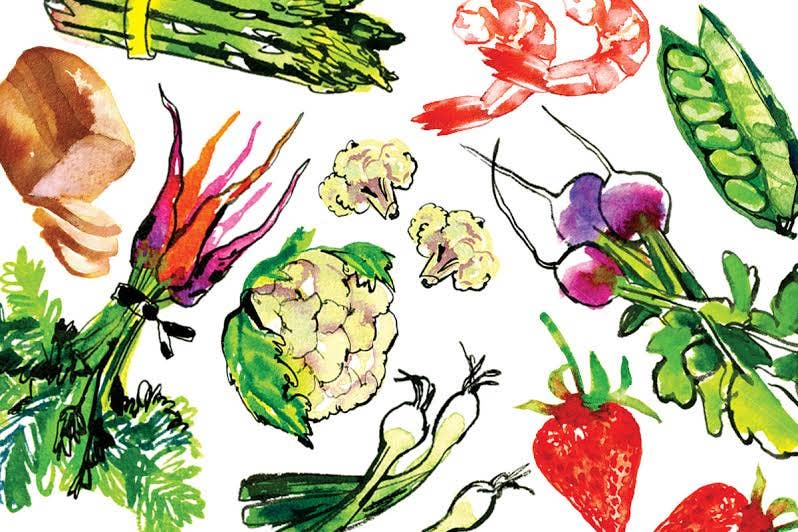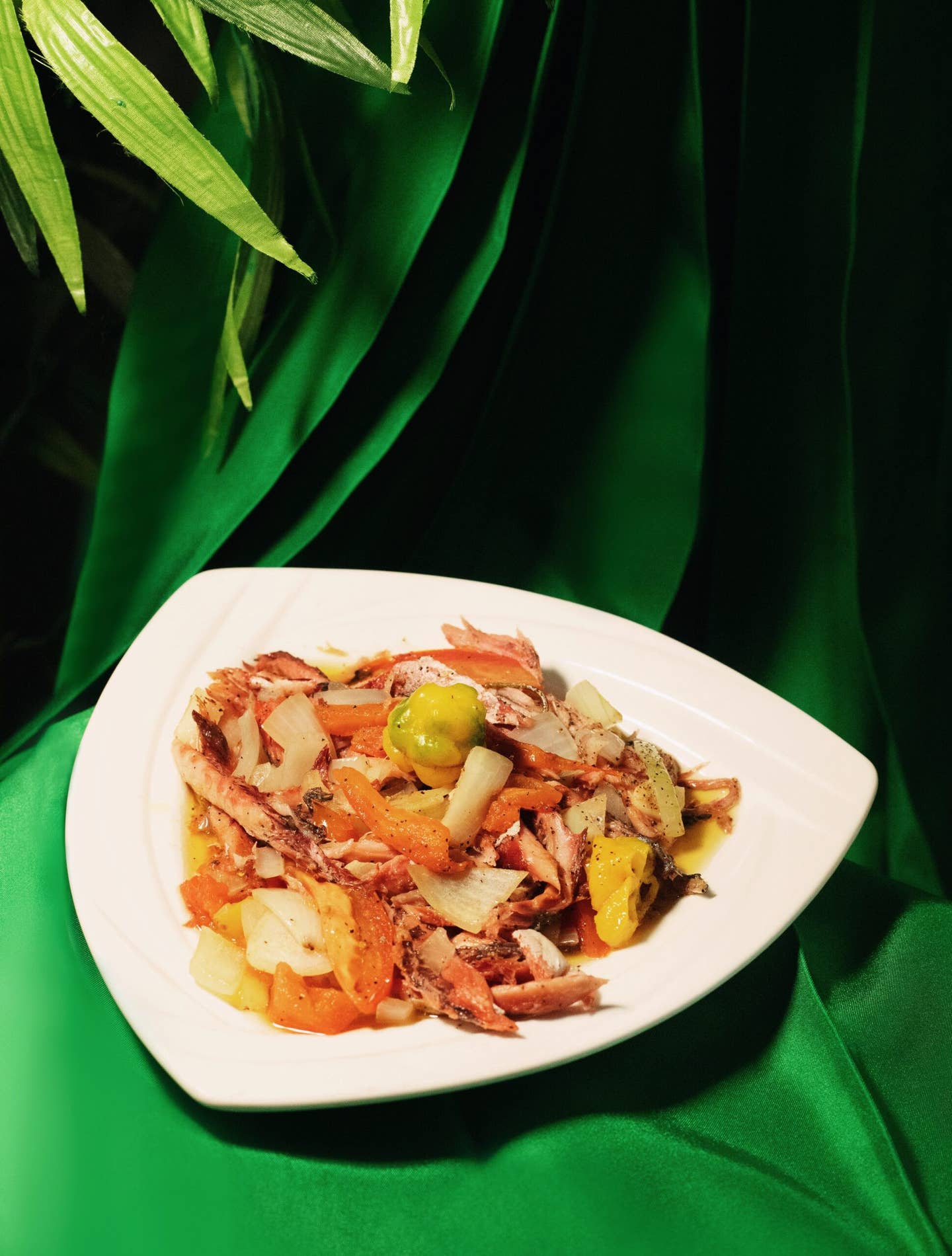
Land Of Milk And Sugar
Dawn in Buenos Aires. In La Boca, the waterfront tango district, bleary-eyed dancers line up with shopwomen and early risers at neighborhood bakery counters, carefully selecting their morning pastry. Their favorites are filled with dulce de leche, the sweet caramelized milk that Argentineans love. Across town, schoolchildren, snug in their kitchens, spread dulce de leche on toast. At noon, boisterous diners in downtown cafes order flan surrounded by the creamy spread. At dinner, it's dulce de leche again for dessert—this time as a filling for panqueques, delicate crepes that are topped with sugar and browned.
Half a world away, in La Cantina de Don Chicho, a modest restaurant in Queens, New York, a dozen Argentinean men fix their eyes on an overhead TV, engrossed in a soccer match broadcast from home. Shouting "Si, Señor!" whenever the home team scores, they nurse glasses of red wine. Some order supper; dessert is dulce de leche, served with a slice of gouda cheese.
In Argentina, and wherever Argentineans gather, dulce de leche is eaten round the clock, with meals or as a snack. With its achingly sweet caramel flavor and a consistency something like smooth peanut butter, it is the quintessential Argentinean treat. It was originally developed for practical reasons: Cooks simmered sweetened milk until it caramelized to prevent spoilage. Spanish and Portuguese colonists are said to have brought the technique to the New World, where at first, in the absence of cattle, they used goat's milk, which is still preferred in some places. Other countries have their own versions of the specialty. It's called manjar blanco in Chile, arequipe in Colombia, cajeta de leche in Mexico, and doce de leite in Brazil—but Argentina has absorbed dulce de leche into its culinary soul.
Keep Reading
Continue to Next Story










